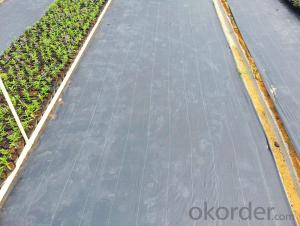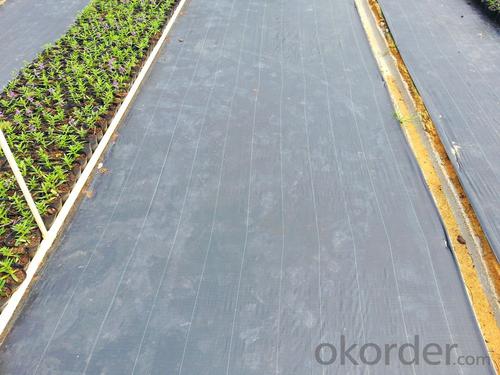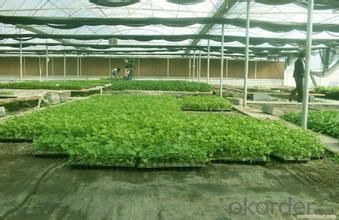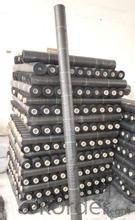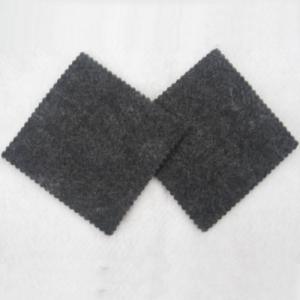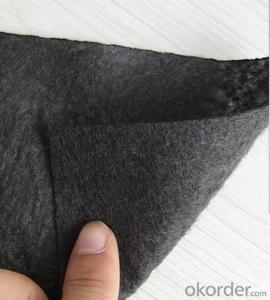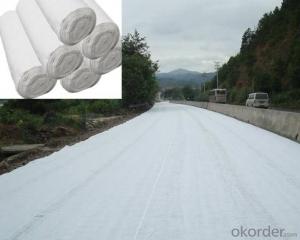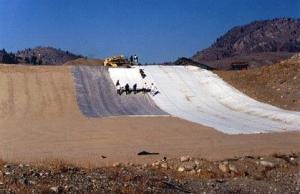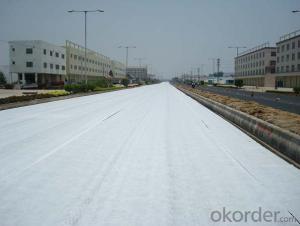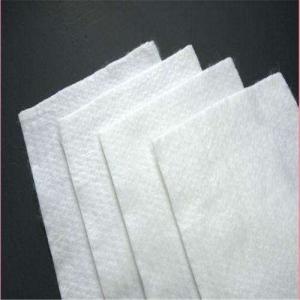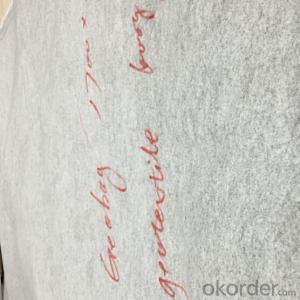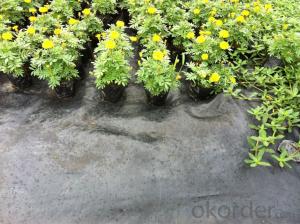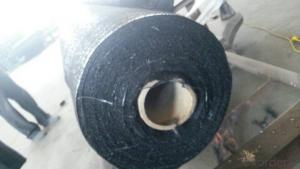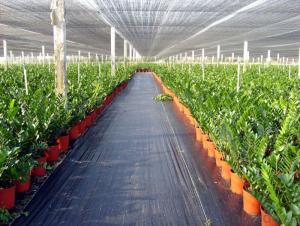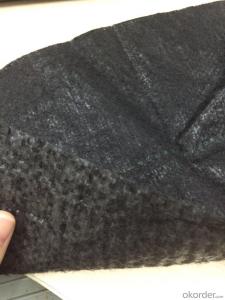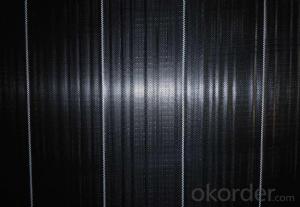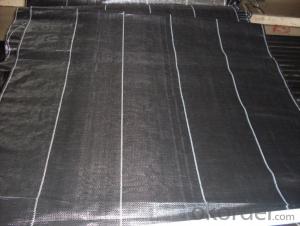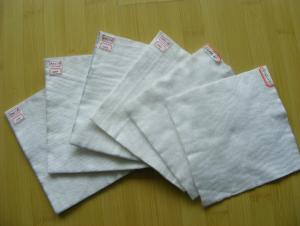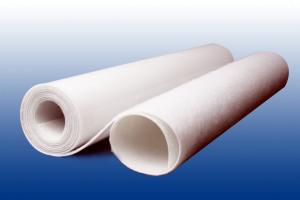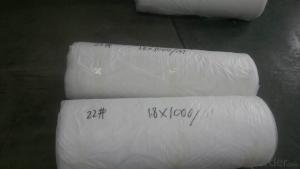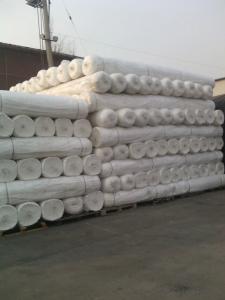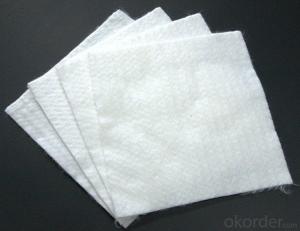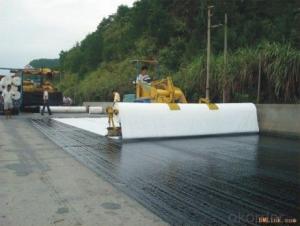Geotextile 3m Silt Fence with Pocket/Polypropylene Fabric/Landscape
- Loading Port:
- China main port
- Payment Terms:
- TT OR LC
- Min Order Qty:
- 5000 roll
- Supply Capability:
- 100000 roll/month
OKorder Service Pledge
OKorder Financial Service
You Might Also Like
1. Weed Barrier Fabric Introduction
Weed Barrier fabric is made of environmentally friendly raw materials, pp spunbond nonwoven fabric. It used to prevent the growth of weed, without the use of potentially dangerous chemical sprays or labor intensive hoeing. Once installed, weed mat will continue providing protection for years without maintenance.
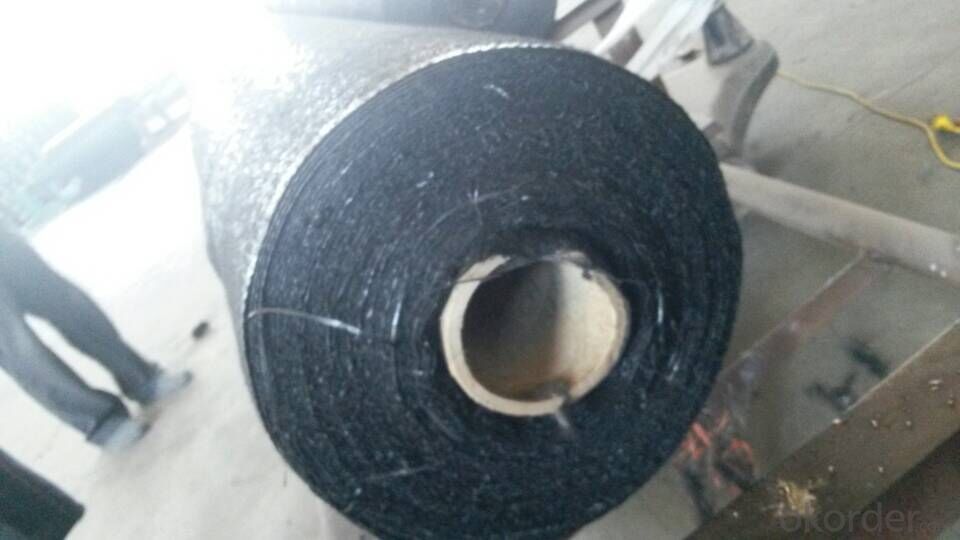
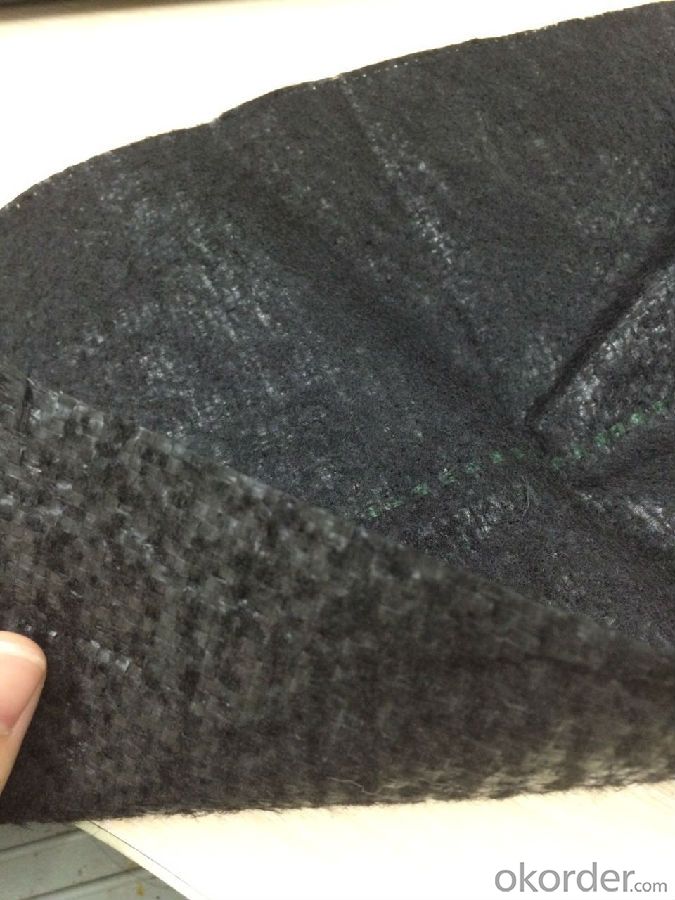
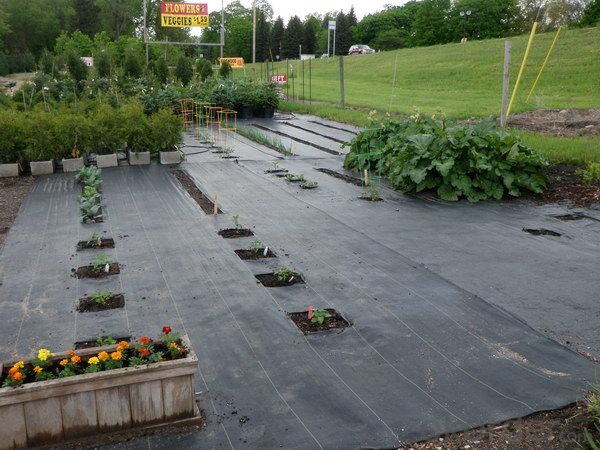
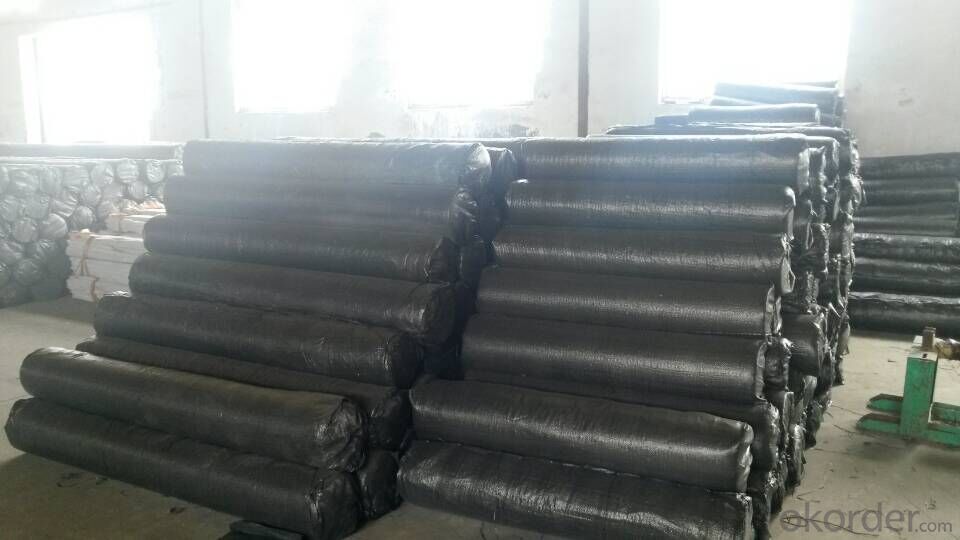
2. Weed Barrier Fabric Feature:
1. Weed suppressant and drainage control landscaping fabric
2. Spun bonded non-woven fabric – will not fray when cut
3. Easy to use
4. Environmentally friendly
5. Allows water, air and nutrients through, suppressing weeds without the use of chemicals
6. Good alternative to Plantex® where cost is a factor
7. UV Stabilised
8. Reduces the level of watering required due to the slower rate of water evaporation
3. Weed Barrier Fabric Function:
1. Cover crops in the ground surface,prevent weeds and against the insect
2. Controlling soil humidity and the temperature
3. Does not affect the growth of the crops
4. Protects plants from harmfully solar radiation
5. Air permeability, water permeability help crops growth.
6. Mothproof, eco-friendly, breathable, anti-bacteria, tear-resistant, fusible
4. Weed Barrier Fabric Applications:
1. Weed block for landscaped garden beds
2. Permeable liners for planters (stops soil erosion)
3. Weed control under wooden decking
4. Geotextile for separating aggregate / soils under walkway blocks or bricks
5. Assists in preventing paving from settling unevenly
6. Landscape fabric prevents soil erosion
5. FAQ:
Q1: What is your minimum order quantity?
A:The minimum order quantity is 5000 ,but it is negotiable.
Q2:What is your payment terms?
A: T/T,Western Union,Paypal,L/C...
Q3:What is your delivery time?
A:Production time usually costs 2-20 days.
Waiting to cooperate with you!
- Q: 300g / m2 geotextile package is what it means
- 300g / m2 Geotextile: refers to the weight of 300g per square meter (model) 300g / m2 geotextile package: refers to the outsourcing; with 300g of geotextile to wrap something; for example: With 300g / m2 geotextile wrapped gravel. The
- Q: Can geotextiles withstand harsh weather conditions?
- Yes, geotextiles are designed to withstand harsh weather conditions. They are made from durable materials that are resistant to UV rays, moisture, and temperature fluctuations, making them suitable for various environmental conditions. Additionally, geotextiles have high tensile strength and can resist damage caused by heavy rain, wind, and extreme temperatures, ensuring their performance and longevity even in harsh weather conditions.
- Q: Can geotextiles be used in sports field construction?
- Yes, geotextiles can be used in sports field construction. They are commonly used to improve drainage, stabilize the soil, and prevent weed growth in sports field projects.
- Q: What is the consequence of the geotextile of the ground floor
- What are the consequences of what can not be finalized, the first roof of the waterproof layer and waterproof protective layer is very important, this is the first barrier, imagine, now many of the green plants are large trees, grow 10 years or even 20 years After the roots will be very developed, think about how the pine trees on the tenacious know their strength, coupled with long-term erosion by the water, the concrete layer will gradually lose its ideal performance, barrier layer and drainage board will certainly be better To protect the role and drainage. Well, long-term perspective, then we must do a solid job every layer, only focus on economic interests and short-term effects, then, within a few years will not be any problem, this is the status of China's construction industry. But the debt owed sooner or later.
- Q: Related applications, product applications, industrial structure and distribution
- The geotextile is defined as geotextiles or geosynthetics that exist between soils and pipelines, gages, or retaining walls, that enhance water movement and impede soil movement. ASTM 4439 standard geotextile is defined as: a purely permeable geosynthetics to form textiles. It is used in soil, rock, soil, or other geotechnical engineering materials and acts as a component of a human-made project. It is a permeable geosynthetics made of synthetic fibers by needling or weaving. Finished cloth for the cloth, the general width of 4-6 meters, the length of 50-100 meters. Geotextile is divided into a woven geotextile and non-woven geotextile. Geotextile has excellent filtration, isolation, reinforcement protection, high tensile strength, good permeability, high temperature, anti-freeze, anti-aging, corrosion resistance. I also check in the road cloth, just to find, you should be a peer to share with you
- Q: How do geotextiles help in soil stabilization?
- Geotextiles help in soil stabilization by acting as a barrier between the soil and other materials, such as water or rocks, preventing erosion and promoting the stability of the soil. They also enhance the soil's mechanical properties, such as strength and load-bearing capacity, by distributing the applied forces more evenly. Additionally, geotextiles can control the filtration and drainage of water, reducing the risk of soil saturation and improving its overall stability.
- Q: Can geotextiles be used in coastal erosion control in beach nourishment projects?
- Yes, geotextiles can be used in coastal erosion control in beach nourishment projects. Geotextiles are permeable fabrics that can act as a filter and reinforcement, helping to stabilize the sand and prevent erosion. They can be used as a protective layer between the beach sediment and the underlying soil, preventing sand washout and promoting beach stability. Geotextiles are commonly employed in beach nourishment projects to enhance coastal resilience and mitigate erosion.
- Q: There is no geotextile in the sand filter with the biological retention
- You can use geotextile filter, I am specializing in the production of geotextiles
- Q: What are the advantages of using geotextiles in green space development?
- Geotextiles offer several advantages in green space development. Firstly, they help with soil stabilization by preventing erosion and promoting vegetation growth. This ensures the longevity of the green space by protecting the soil from being washed away during heavy rainfall or other environmental factors. Secondly, geotextiles can act as a barrier against weeds, reducing the need for herbicides and manual weed removal. This saves time and effort in maintaining the green space. Additionally, geotextiles improve water drainage and filtration, allowing for better moisture retention and preventing waterlogging. This leads to healthier plants and prevents water accumulation which can cause damage. Lastly, using geotextiles can enhance the aesthetics of the green space by providing a clean and uniform appearance. Overall, the use of geotextiles in green space development offers practical and aesthetic benefits, contributing to the successful and sustainable management of these areas.
- Q: How do geotextiles improve the performance of geomembranes?
- Geotextiles improve the performance of geomembranes by acting as a protective barrier that prevents direct contact with the underlying soil or other abrasive materials, thereby reducing the risk of punctures or damage. They also provide additional reinforcement and stability, distributing loads more evenly across the geomembrane. Additionally, geotextiles allow for better water drainage and filtration, preventing the accumulation of water pressure and enhancing the overall performance and longevity of the geomembrane system.
Send your message to us
Geotextile 3m Silt Fence with Pocket/Polypropylene Fabric/Landscape
- Loading Port:
- China main port
- Payment Terms:
- TT OR LC
- Min Order Qty:
- 5000 roll
- Supply Capability:
- 100000 roll/month
OKorder Service Pledge
OKorder Financial Service
Similar products
Hot products
Hot Searches
Related keywords
